Dungeonborne is gaming’s latest foray into online dungeon diving with PvE and PvP elements. The game currently features eight classes, so check out our Dungeonborne tier list to see which ones are the best to use.
All Dungeonborne Classes Tier List
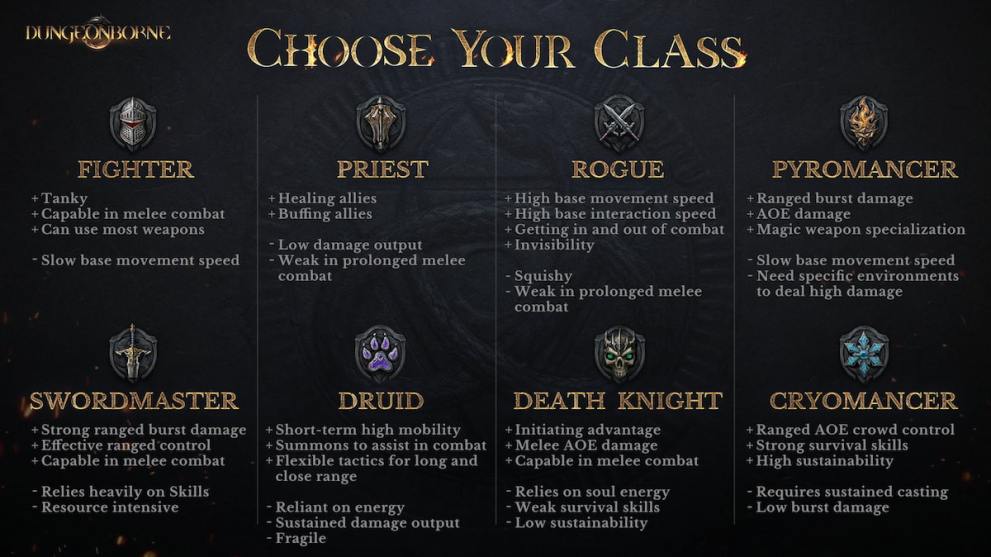
| Ranking | Class Name |
|---|---|
| S | Pryomancer, Rogue |
| A | Fighter, Death Knight, Swordmaster |
| B | Cryomancer, Priest, Druid |
S Tier
Pyromancer
The Pyromancer is the one class that can and will give you some trouble with their massively powerful area-of-effect attacks. The motto of the Pyromancer is the best defense is a good offense and you’ll have the burns to prove that statement true. This is because the Pyromancer’s huge range and fast-firing tracking fireballs are as effective as they are for clearing monsters and players alike.
It only takes 30 Dexterity to allow a Pyromancer to gain swift casting on their Pyroblast skill after hitting an enemy with their wide AOE knockback skill ‘Fire Blase.’ While the Pyroblast is a damage powerhouse, they are fairly squishy and limited to cloth armor, staves, and one-handed swords and shields. Good Pyromancers rely on proper positioning to make sure their attacks will land without them having to go toe-to-toe with a Fighter or Death Knight.
Rogue
In Dungeonborne, the Rogue is what you might expect. A squishy melee class that uses one-handed swords, and crossbows, and can dual-wield daggers. It’s also no surprise that Rogues can go invisible for 15 seconds, which also increases critical strike damage. Where Dungeonborne’s Rogue differs a bit comes in the form of its second skill. This skill coats your weapon in poison that petrifies enemies, immobilizing them and reducing the damage they take until they are hit again.
The Rogue’s passive also allows them to go invisible much easier based on getting kills or poisoning enemies. Allowing Rogues to wear leather armor also helps their defense a bit, but it’s the Rogue’s entire kit and major damage that makes them a monster in PvE as they can wipe out entire maps by themselves.
A Tier
Fighter
If the Death Knight is the melee class of choice for PvP encounters, then the Fighter is what you may want to try for PvE if you aren’t feeling like playing a sneaky Rogue. What makes the Fighter tick is his ability to quickly rush opponents and deliver a prolonged spin-to-win attack straight out of Garen’s (from League of Legends) repertoire. The only issue is that to use the Whirlwind ability, you’re forced into using a two-handed weapon, diminishing your defense somewhat without a shield.
Thankfully, the Fighter’s passives allow them to gain a temporary shield during the use of whirlwind, move faster while using it, and even negate all friendly fire damage from teammates and to their teammates. Because of all that, the Fighter is a very solid melee class that comfortably sits in the A tier.
Death Knight
The Death Knight is a unique class in the growing dungeon extraction genre. This class is a mix of the Fighter and an undead spellcaster. The DK’s defining skill, ‘Grasp of the Grave’ shoots out a spectral hand that pulls enemies to you and deals them damage. You can also use it on a teammate to get them out of trouble without the damage.
Their other skill, ‘Soul Shroud,’ summons slowing spirits that surround the Death Knight, briefly slowing and dealing damage. The passives are what make these two skills so impactful with enemy kills resetting Grasp of the Grave, and Soul Shroud also generating a 200-point shield that lasts for three seconds. With Plate armor and their Grasp skill, they don’t need to be as mobile. The only things keeping this class from the S tier are the limitations of being undead and how missing your Grasp of the Grave would cost you a fight.
Swordmaster
The Swordmaster is a unique melee class with ranged abilities that revolve around using extra swords from the class’s sword slots. The idea for this class is for you to have found or purchased quite a few basic swords to power the Swordmaster’s abilities. Said abilities allow you to summon four swords from the sword slots to shoot toward enemies and restore life. The other skill summons a sword that orbits around you for eight seconds for a bit of offensive defense.
These skills alone make the Swordmaster fairly balanced, especially alone. However, they tend to get countered hard by AOE classes like the Pyromancer. Still, the Swordmaster is a viable choice in most cases, putting them in the A tier.
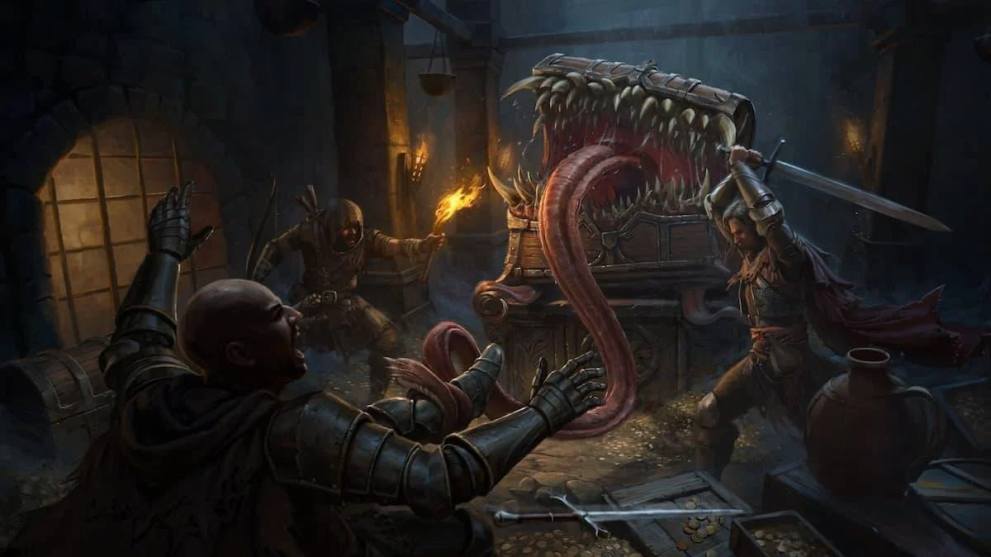
B Tier
Cryomancer
Cryomancers are a weird breed of spell caster in Dungeonborne. They are undead casters that don’t have mana and, instead, absorb souls from dead enemies to power their cold spells. Because of their undead status, they can’t be healed by holy magic and have to rely on potions, bandages, and health shrines to heal. The priest’s Divine Guidance can’t revive them either.
Beyond the class’s limitations, the Cryomancer does have a useful slowing AOE channeled spell. However, it can be interrupted. Thankfully, you can use the Ice Barrier spell to protect yourself, heal, and continue channeling. Ultimately, Cryomancer can be viable in a team, but I wouldn’t recommend playing them alone.
Priest
When it comes to healing and supportive party play, the Priest fits that bill. Outfitted with staves, orbs, or a mace and shield combo, the Priest utilizes a healing spell that deals light damage in an area while having a shield that blocks all damage for three seconds. Additionally, the Priest’s passives reinforce his abilities by granting brief movement speed on heals, regening mana on critical hits, or even reviving someone once per run.
That said, because the Priest only has two skills with one being a minor AOE heal, the ability to support the team is a bit lackluster. In a duo or trio team, better options can be found within the other classes that either do more damage to secure victory or support the team through bigger area-of-effect attacks and other debuffs.
Druid
The Druid in Dungeonborne is all about utilizing nature and nature-based transformations as a melee spellcaster of sorts. When it comes to playing as a Druid, you can shape-shift into a powerful panther. You can also summon an immobile Treant that attacks enemies within range while granting a shield to the Druid. The elven Druid’s passives create a nice loop of returning primal energy by simply using the class.
That said, the immobile nature of the Treant makes half of the Druid’s damage far less useful than it could be once enemies move outside of its short range. The panther’s damage is also somewhat anemic compared to other classes. Thankfully, the early access launch looks to buff the Druid’s damage, so we will see how the Druid stacks up.
Ultimately, the early access launch of Dungeonborne may shake up this list quite a bit with the addition of balance changes and new skills for each class. Once that happens, we’ll update this guide to reflect those changes and additions.
For more like this, check out our class tier list for Dark and Darker and see how that game’s classes compare to Dungeonborne’s. If you feel inspired by Dungeonborne’s clear RPG inspirations, you may be interested in reading why 2024 is the year of the RPG. Furthermore, if you’re playing something like Warframe or The First Descendant, find out which game is the better looter shooter.







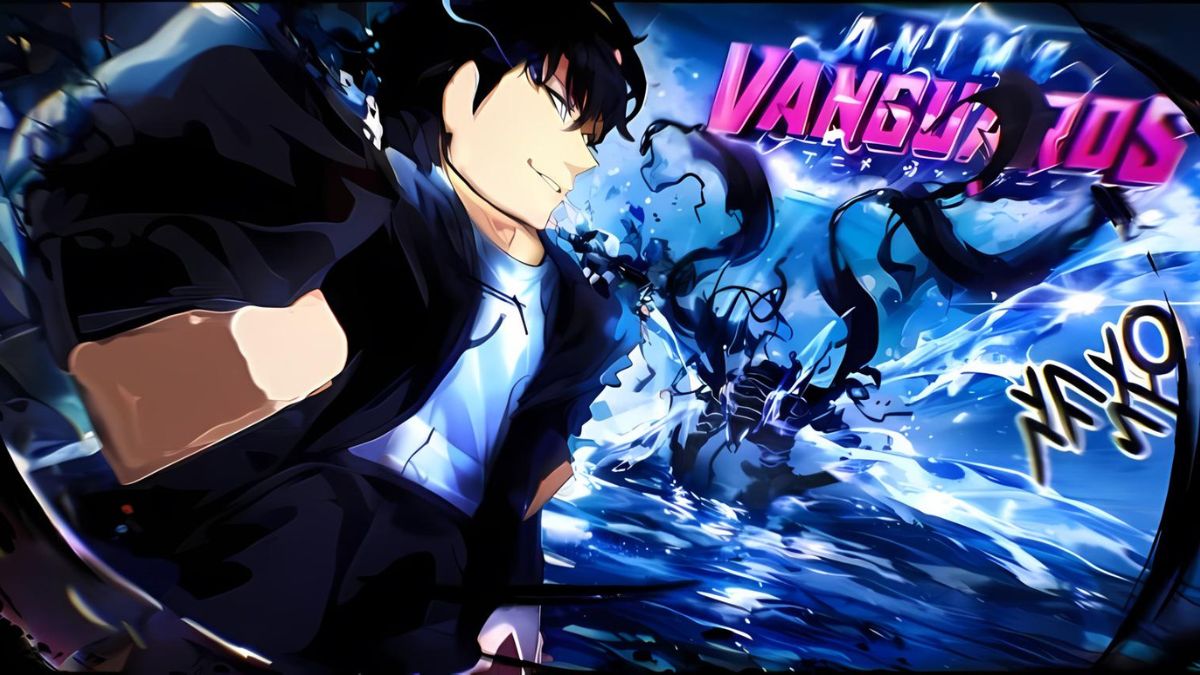
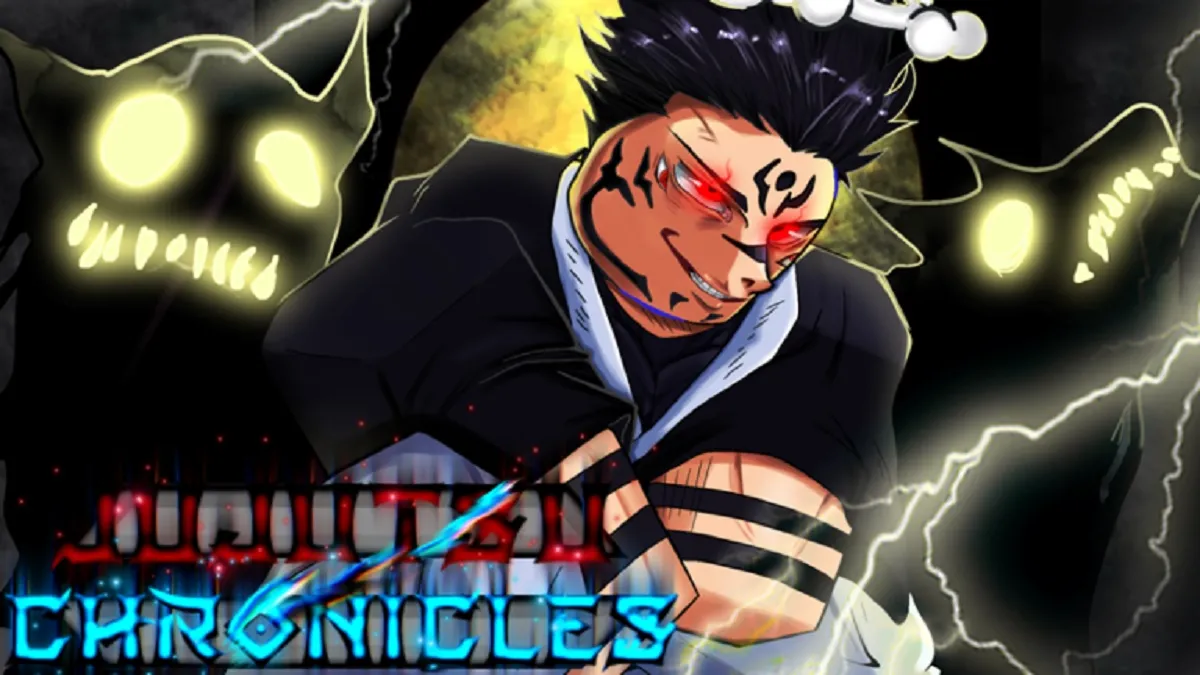


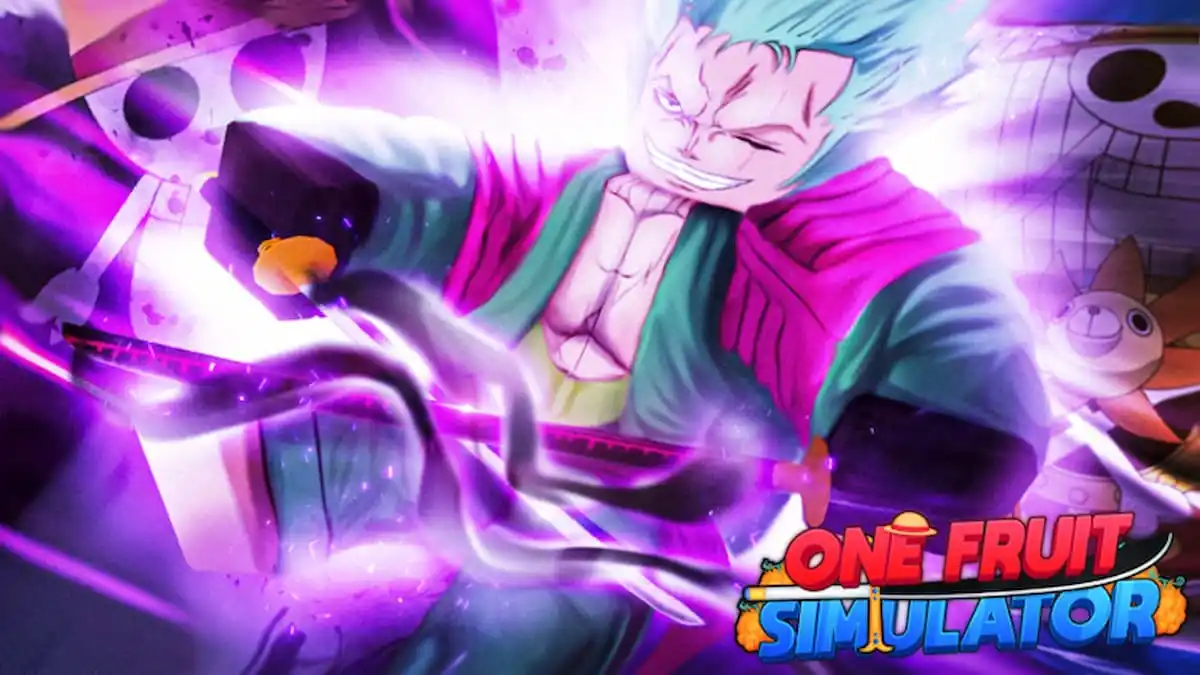
Updated: Jul 17, 2024 07:57 am